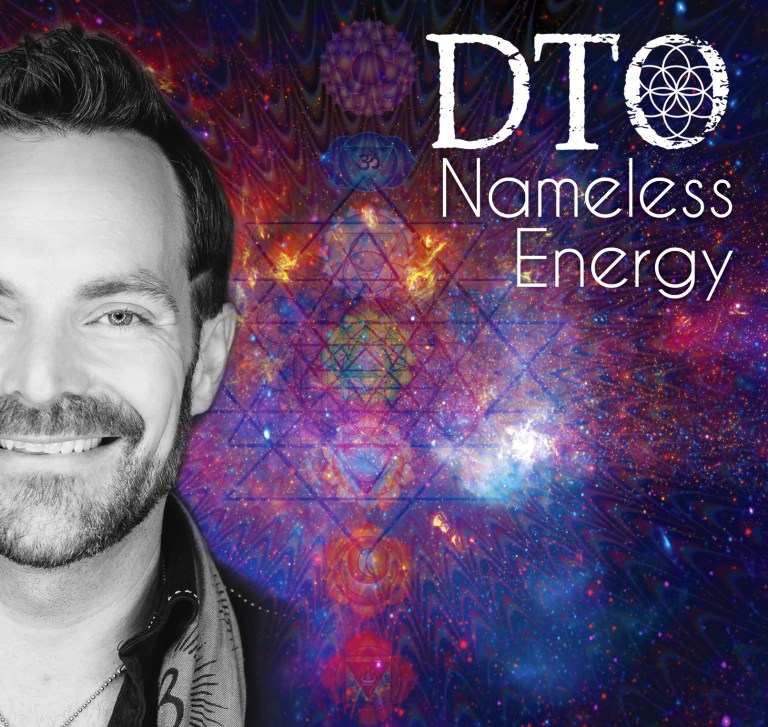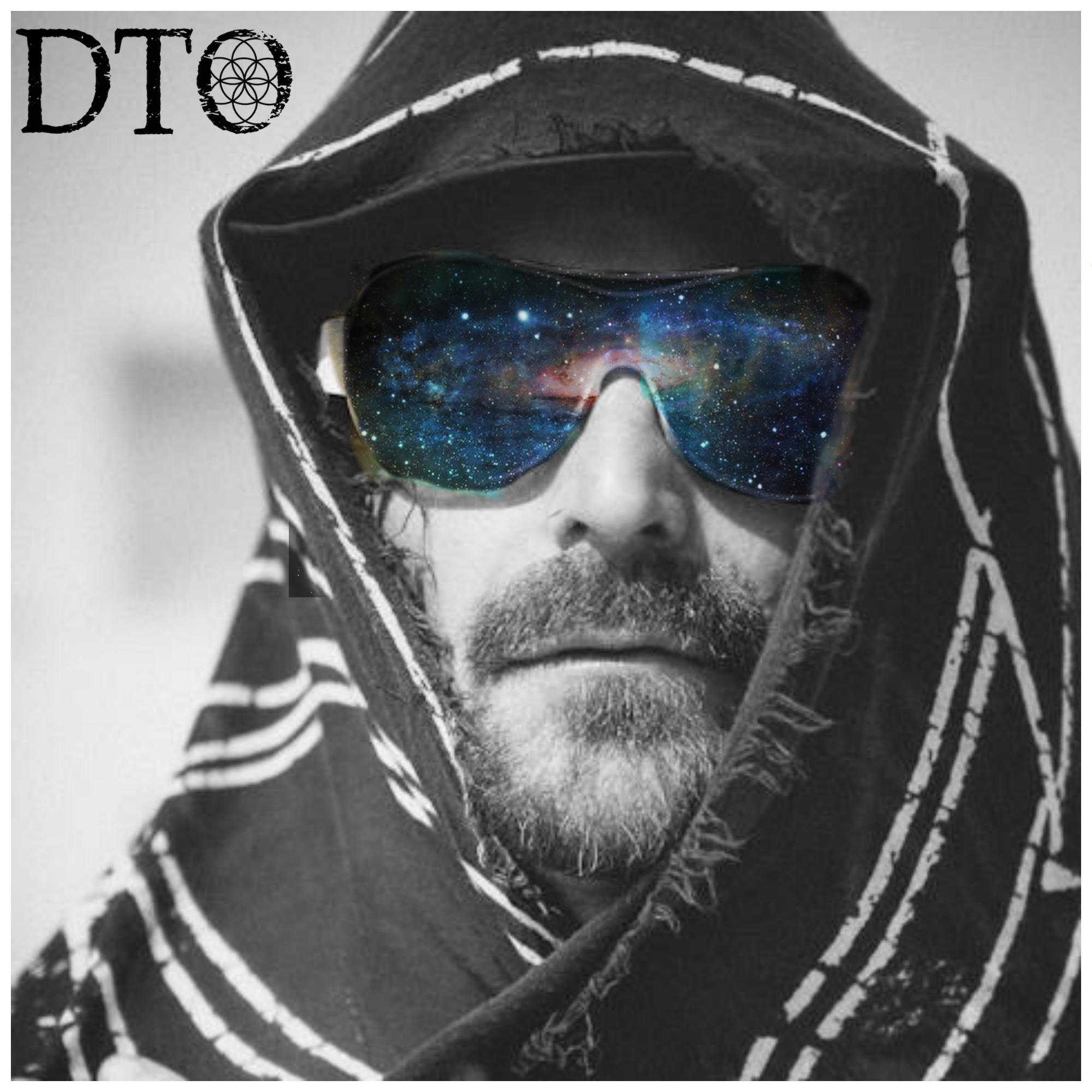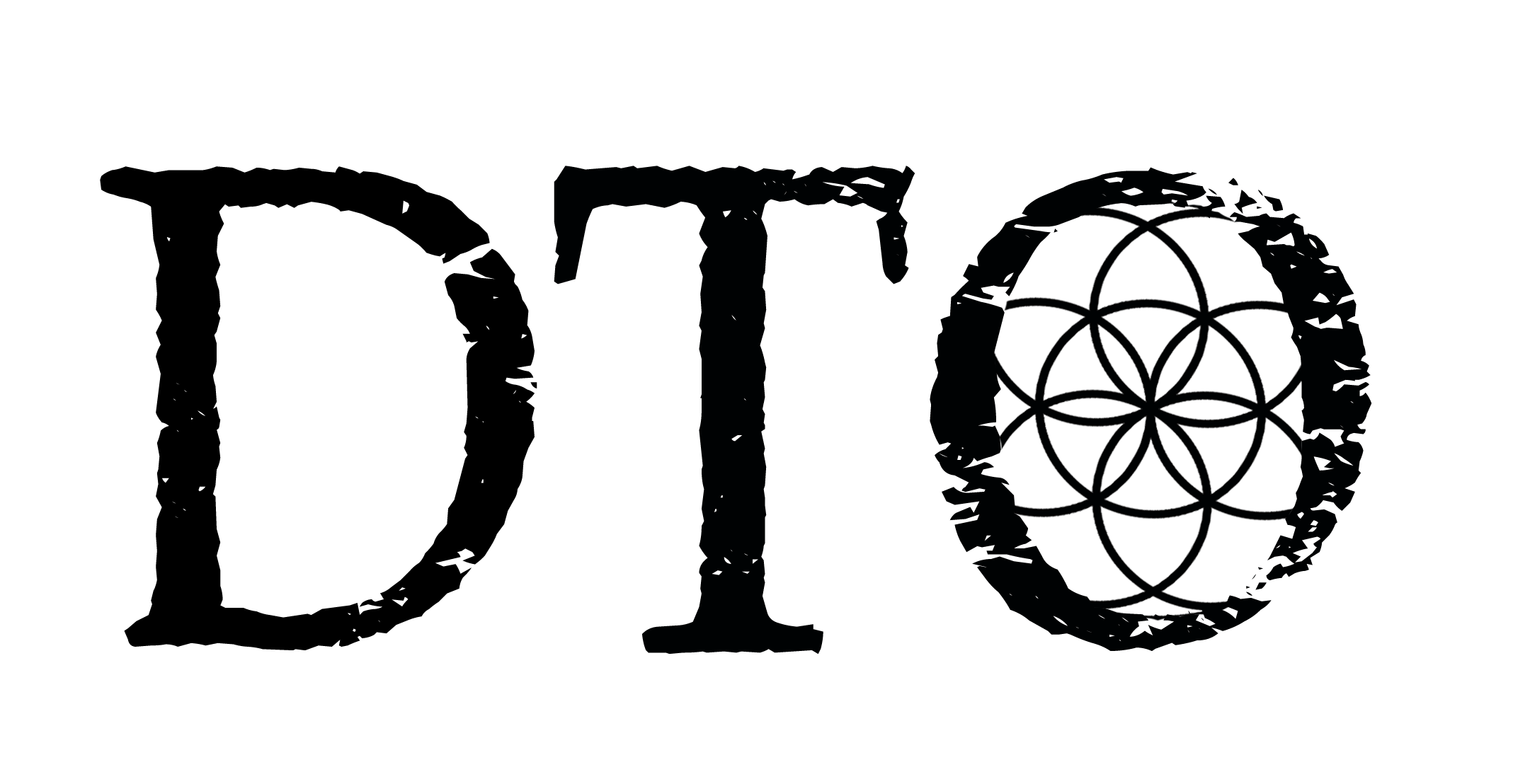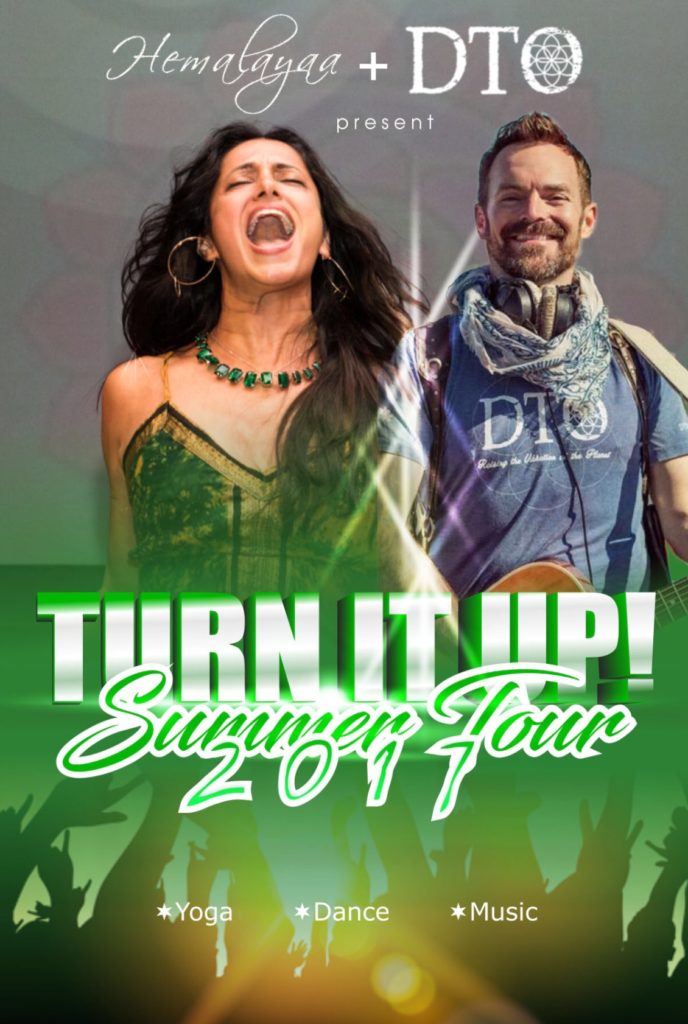
Introduction
Music festivals have had a strong presence in American popular culture since the 1960s. 450,000 people attended Woodstock in August of 1969, signaling a shift in the cultural milieu. It was a coming of age for a generation of individuals fed up with mass consumption, war, and their own underrepresentation in society. Festivals, communal gatherings that explore elements of culture, have long been a part of our cultural milieu, dating back to Stonehenge.
Festivals celebrating elements of culture occur annually in the United States and elsewhere. These festivals offer a unique opportunity to showcase elements of a culture which its people are most enamored with, offering a unique chance to communally and communicatively construct and experience those elements. In the same vain, countercultural festivals, like the now well-known Woodstock, construct a culture apart from dominant society, simultaneously constructing those elements which they believe should be celebrated and critiquing the larger society for its absence of those elements.
Since their inception, these festivals have exploded in popularity. This led to a crisis of identity, as festivals have become ingratiated in mainstream society, a society which they purport to reject the ideology of.
In a lot of ways, the popularization of festivals has led to a depredation of the mission statement of festival culture and a fissure being sent straight through the middle of a tight-knit community of bohemians, artists, and thinkers (Delistraty, 2014). Because of this, festivals have begun to split, as small factions of ambitious individuals from larger festivals, such as Burning Man, split and begin their own smaller festivals, such as Desert Hearts.

These smaller festivals offer a unique opportunity for reflection. The community can simultaneously pause, reflect, look at its construction, and accept those elements which it values and reject those which it does not. These festivals, known as transformational festivals, allow an opportunity to transform the community and the individuals who participate in it.
Emergence of Transformational Festivals

The term “transformational festival” is a relatively new development, entering into popularity this past decade. The term was popularized by Jeet-Kei Leung, founder of the Bloom Series, in a widely viewed TEDx talk he gave on the import of the festival scene and culture (Schmidt, 2011). The term is used to describe a growing number of festivals popular in North America that incorporate elements of yoga, meditation, music, and co-creation to construct their atmosphere.
Transformational festivals, such as Bhakti Fest, Lightning in a Bottle, and Enchanted Forest, are challenging the traditionally conceptualized aesthetic of music, art, and intellectual consumption. Festival attendees are not rendered passive consumers of their environment. Rather, they are called upon to co-construct communities founded upon an ethos of spontaneity, creativity, and active engagement. For example, Lighting in a Bottle suggests, “you have a unique opportunity to stumble upon many experiences outside of the musical stages that are full of lively, participatory fun, and shenanigans.”

The interactive areas at LIB truly allow you to lose yourself in an entire universe of play” (“About Us,” 2015). Intimate festivals with immersive environments allow individuals to freely express their self, a self that may be disparate from one presented outside the festival (Allison, 2014). Transformational individuals encourage alternative conceptualizations of self through ecstatic communities that privilege immersion in creativity, interaction, and decommodification. These elements encourage a focus on the self as the foci of experience whilst presenting it as subjective and liminal.
Co-creation involves festival attendees becoming actively engaged with their environment, encouraging them to accept a role in developing it. Lines between festival designers, musicians, and artists are purposely blurred to immerse participants in a sense of community that is integral to the experience of transformational festivals. Each attendee is called upon as an active participant in the construction of the culture of a given festival.
I am excited to announce my participation in three of the largest transformational festivals, Shakti Fest, Lightning in a Bottle, and Emerge yoga festival. Each of these festivals contributes their unique imprint on transformational festival culture and our society at large. This post is the first in a three-part series introducing my performances at each of these festivals. I am humbled to highlight my performance at Shakti Fest 2017 alongside the glowing goddess, Hemalayaa.
First Stop on the Nameless Energy Tour 2017
My first stop will be next weekend in Joshua Tree at Shakti Fest. Shakti Fest is an annual festival that is one third of a larger series of festivals. Bhakti Fest and Bhakti Fest West are the other two. Together, these festivals honor the sacred masculine and feminine, celebrating the balance and totality of our divinity. This year, Shakti Fest is being celebrated from May 12-May 14, 2017 against the backdrop of the bucolic Joshua Tree National Park.

Shakti Fest and the Divine Feminine
According to their website, Shakti Fest is “the premier yoga, sacred music, and personal growth festival in the country celebrating the divine feminine.” Shakti Fest combines the sacred and devotional paths of yoga, Kirtan, and meditation while placing an emphasis on celebrating the Divine Feminine. To do this, Shakti Fest creates a drug and alcohol free atmosphere at the Joshua Tree Retreat Center. According to its website, the Joshua Tree Retreat Center is the largest retreat center in the Western United States.
The center, designed and built by Frank Lloyd Wright and his son, Lloyd, features the sleek, angular architectural designs the pair is famous for. The center features open spaces, sacred locations for meditation and yoga, and blends seamlessly with the natural world surrounding it, invoking a sense of balance with nature that permeates all visitors of the space. Each year since 2011, devotees of the paths of yoga, Kirtan, and meditation have flocked to the space to learn and grow alongside the leading teachers, visionaries, and musicians of this community. I am honored to perform this year alongside world-renowned teacher, speaker, and community organizer, Hemalayaa.
Hemalayaa + DTO at Shakti Fest 2017

Hemalayaa is a Canadian-born yoga teacher who has traveled the world empowering seekers with her unique blend of yoga, dance, vocalization techniques with empowerment experiences. Hemalayaa’s practices have allowed thousands globally to enter cathartic spaces and release that which no longer serves. In addition to her classes, Hemalayaa hosts her own television show, has created fitness DVDs, appeared on Ellen and Today, and has written for leading publications including Origin, Yoga Journal, LA Times, NY Times, and Shape in addition to maintaining her own blog.
Our class at will fuse Hemalayaa’s dynamic postures, free-form dance, positive affirmations, and energizing breathwork while moving through the soundscapes created by my album, Nameless Energy, which was specifically crafted for a 60-minute yoga sequence. “Within the sequence, we also strive to recycle our negative thoughts and transcend them – then and there—into powerful intentions to take back to our everyday lives,” explains Hemalayaa. “Our yoga-meets-music experience will invigorate and energize the brilliance of your purpose, so come turn it up!”
We will be performing on May 13 and 14th from 3:30PM-5:00PM each day. Come and turn it up!

